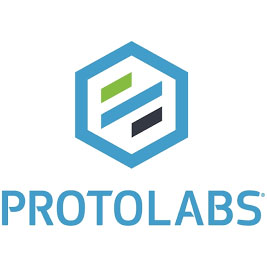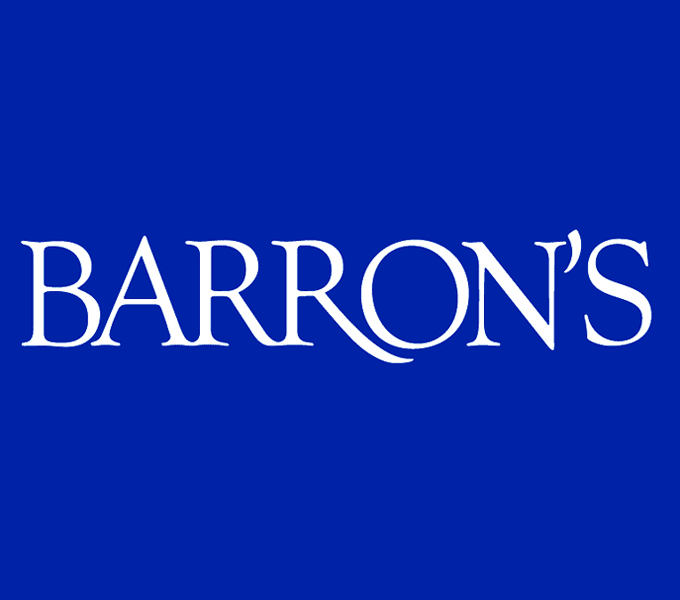Month: March 2023
The Tech IPO Well Has Run Dry
 About the author: Ben Rose is president of Battle Road Research, an independent equity-research firm.
About the author: Ben Rose is president of Battle Road Research, an independent equity-research firm.
After a banner year for initial public offerings of technology companies in 2021, the number of new issues dropped precipitously last year. The stock market correction of 2022 saw the largest tech stocks decline by a greater percentage than the S&P 500. The fall in investor appetite for even the most established tech stocks was a key reason for the dearth of new issues. The correction signaled an end to the era of free money, and the deep compression in valuations made it difficult for private companies to get a clear picture of their public market value. All of the tech-company IPOs of 2021 came to market having demonstrated revenue growth often exceeding 20% in the year prior to their debuts. But virtually all of the tech IPOs that we added to our Battle Road IPO Review generated losses leading up to their IPOs. Not only were the companies unable to turn a profit, virtually all recorded even greater losses over the prior year, as if the companies were being urged by their shareholders to indulge in a final feast to drive top-line growth. Many of these companies promised that after their IPO, they would embark on a steady diet of reduced operating expenses, in order to demonstrate a reasonable path to profitability.
One reason for executives and private round investors to justify the spending binge lies in the faith in the Rule of 40, which holds that any combination of revenue and earnings growth summing to 40% will be the best determinant of sustainable demand for a company’s public market valuation. In theory as well as in practice, a company could have a 20% revenue-growth rate, for instance, and operate at a substantial loss. The formula worked for several years leading up to last year’s tech stock rout. But the stress test of last year’s market correction debunked the Rule of 40. Even the fastest growing companies had their market capitalizations cut to the bone in a year of growth-stock compression.
The demand for growth stocks has undergone a sea change in the last six months. Technology behemoths Microsoft , Google , Amazon , Meta Platforms, and Salesforce , among many others, shed staff in the aftermath of an unsustainable rise in demand for their services, coupled with over-hiring during the pandemic. The decision to reduce operating expenses by companies that were already profitable is a sign that the terrain has shifted away from revenue growth at any price, to growth with a sustainable level of profitability.
Before answering the question why does profitability matter, it is worth asking whether companies with aspirations to go public in 2023 have the discipline in place to show not only top-line growth, but a pattern of steadily narrowing losses. My hunch is that many do not. The message that growth at any price will no longer cut it, is however, being learned the hard way. Many private companies have had their valuations slashed to reflect the lower valuations of their public-company peers. Indeed, venture-capital funding fell to a nine year low in the fourth quarter of 2022, The Wall Street Journal reported. Managing a business profitably will ultimately be rewarded, but the number of companies able to do so may remain limited.
Profitability matters because it demonstrates that a company has the potential, if not the power, to determine its own destiny. Conversely, operating losses are an indication that a company has yet to prove a working business model. The concern is that a company that loses money today will need to be bailed out tomorrow with future stock offerings or convertible debt, which in turn will dilute the interest of existing shareholders. It also means that a company will be unable to repurchase shares to offset equity issuance, a favored form of tech-company compensation which, if not held in check, results in shareholder dilution.
A company incapable of generating earnings today—no matter how promising its top-line growth prospects—may not yet be ready for the rough and tumble of the stock market. And if an unprofitable company does slip through the IPO window, it will likely need to be bailed out by a new round of investors, public or private. Until private companies and their financial backers realize that the terrain has shifted away from growth at any price in favor of growth along with profits—or at least a near-term path to break-even—the tech IPO well is likely to remain dry.
Protolabs: Doubling Down on Injection Molding & CNC Machining
 Rather than call out its core manufacturing services as legacy businesses, as the previous management team did in the past, Protolabs is doubling down on the value it can provide in each of its two key manufacturing services: injection molding (IM) and CNC machining. On the IM side, Protolabs is now offering seven-day turnaround time in for mold creation, down from 14 days previously. It has also vowed to compete more rigorously for business with longer lead times. This is in contrast to the past, when Protolabs focused almost exclusively on prototypes and part production runs with quick turnaround times. The company intends to use its internal factories primarily, as well as partners to optimally schedule part production.
Rather than call out its core manufacturing services as legacy businesses, as the previous management team did in the past, Protolabs is doubling down on the value it can provide in each of its two key manufacturing services: injection molding (IM) and CNC machining. On the IM side, Protolabs is now offering seven-day turnaround time in for mold creation, down from 14 days previously. It has also vowed to compete more rigorously for business with longer lead times. This is in contrast to the past, when Protolabs focused almost exclusively on prototypes and part production runs with quick turnaround times. The company intends to use its internal factories primarily, as well as partners to optimally schedule part production.
Similarly in CNC machining, formerly known as First Cut, the company has also achieved success with quick turnaround times, but will now be focused on longer lead time business, as well as leveraging its Hubs partner network to create more exotic parts that cannot be produced in house. The overwhelming majority of revenue from Hubs comes from partners with expertise in CNC machining, which enables Protolabs to offer customers a wider range of volume pricing, part tolerances, part complexity and finish options, such as nickel and black oxide plating. The new strategy also enables Protolabs to make a broader outreach to procurement and supply chain teams, in addition to its core community of product developers.
Another strategic shift for the company is more closely monitoring the profitability of each of its key segments, which include 3-D printing as well as sheet metal fabrication. 3-D printing, which contributes about 14 percent of revenue, is known to be less profitability than CNC machining and injection molding. The company operates several factories, and it is likely that the operations will be scrutinized more closely. Similarly sheet metal fabrication contributes less than five percent of revenue, and an undisclosed level of profitability.
A key advantage that Protolabs holds over digital brokers that claim to offer similar services, is that many companies prefer to deal directly with their manufacturing service provider, particularly for proprietary projects that require close manufacturing tolerances. The ability to visit Protolabs’ facilities and “kick the tires” is a key advantage for the company.

